Description
HO3S-1 Dragonfly USCG Elizabeth City Model
Fly the HO3S-1 Dragonfly again out of the Elizabeth City. Each piece is carved from wood and handpainted to provide a piece you’ll love.
The prototype P5M Marlin was based on the PBM-5 Mariner. The P5M had the same wing but an extensively modified fuselage with a hull that extended the full length of the aircraft. It featured a tall single vertical stabilizer instead of the twin tail fins of the PBM-5 and the horizontal stabilizer featured a strong dihedral. The aircraft featured “hydroflaps” operated by the pilot’s rudder pedals, which could be used as water brakes. The P5M was a pure seaplane. The Navy ordered the P5M into production with changes to the prototype. The hull design was revised; the nose turret was replaced with a radome for an AN/APS -80 search radar; the cockpit was raised; the wing floats were mounted on single wide struts.
Martin began a major redesign of the P5M-1 in 1951, producing the P5M-2. The P5M-2 had a distinctive tee tail, with a MAD boom fitted at the junctions of the tailplanes; uprated engines; much greater fuel capacity; the bow chime was lowered to reduce spray and the crew accommodations were improved. This came on line in the fall of 1953.
The Coast Guard acquired seven newly built P5Ms directly from Martin Aircraft in 1954. They were designated P5M-1G. These aircraft were used for search and rescue purposes and did not have ASW gear and defensive/offensive armament. In 1956 four P5M-2Gs, equipped for SAR missions, were purchased by the Coast Guard. Both the P5M-1Gs and P5M2Gs were transferred to the Navy in 1961 due to high maintenance and operating costs.
The Sikorsky H-5, (initially designated R-5[1] and also known as S-48, S-51 and by company designation VS-327[2]) was a helicopter built by Sikorsky Aircraft Corporation.
It was used by the United States Air Force, and its predecessor, the United States Army Air Forces, as well as the United States Navy and United States Coast Guard (with the designations HO2S and HO3S). It was also used by the United States Post Office Department.[3]
In December 1946, an agreement was signed between the British company Westland Aircraft and Sikorsky to produce a British version of the H-5, to be manufactured under license in Britain as the Westland-Sikorsky WS-51 Dragonfly. By the time production ceased in 1951, more than 300 examples of all types of the H-5 had been built.
The United States Coast Guard Air Station is co-located at Elizabeth City Regional Airport in Elizabeth City, North Carolina, along the Pasquotank River near the opening of the Albemarle Sound. It is the largest [1] and busiest Coast Guard air station in the U.S., operating missions as far away as Greenland, the Azores and the Caribbean.[2]
Coast Guard Air Station (CGAS) Elizabeth City is located on the campus of the Coast Guard’s Base Elizabeth City. and is one of several commands located on the Coast Guard’s premier Base. In addition, the Base Elizabeth City complex houses the Aviation Technical Training Center (ATTC) (a headquarters level command which trains enlisted Coast Guardsmen in aviation ratings in “A” Schools and advanced “C” Schools), the Aviation Logistics Center (ALC) and Station.
The missions include search and rescue (SAR), Maritime Law enforcement, International Ice Patrol, aids to navigation support (such as operating lighthouses), and marine environmental protection (such as responding to oil spills).[2]
Currently, CGAS maintains and operates five HC-130J Hercules aircraft and four MH-60T Jayhawk helicopters.
CGAS Elizabeth City was commissioned on August 15, 1940, with four officers, 52 enlisted men and ten aircraft including three Hall PH-2 seaplanes, four Fairchild J2K landplanes, and three Grumman J2F Duck amphibious aircraft. Located sixty miles north of Cape Hatteras, North Carolina, north of Albemarle Sound and along the East Coast’s northern most ice-free river, the old Holowell Plantation near Elizabeth City, North Carolina, was selected by the United States Coast Guard in 1938 for its potential strategic value as a seaplane base.
During World War II, the air station was under United States Navy control conducting Search and Rescue (SAR), Anti-submarine warfare, and training missions in tandem with Naval Air Station Weeksville, a lighter-than-air airship facility approximately two miles to the southeast that was in operation from 1941 to 1957.
Since then, the AIRSTA Elizabeth City’s missions and assigned aircraft have shifted and grown with changing national priorities and technologies. In 1966 the Air Station expanded after absorbing the coast guard air stations at Kindley AFB, Bermuda and NAS Argentia, Newfoundland.[3]
Recently the Support Center, home of Air Station Elizabeth City was the setting (and used as a double for Coast Guard Air Station Kodiak, Alaska) in the Kevin Costner film, The Guardian. Support Center personnel were instrumental in providing the infrastructure and support necessary to the filming of the motion picture. Wiki
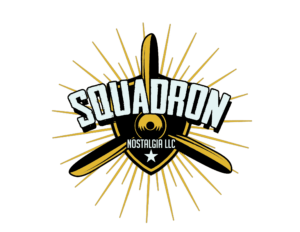
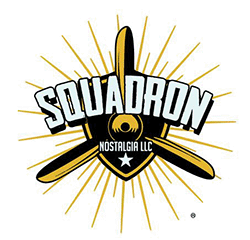
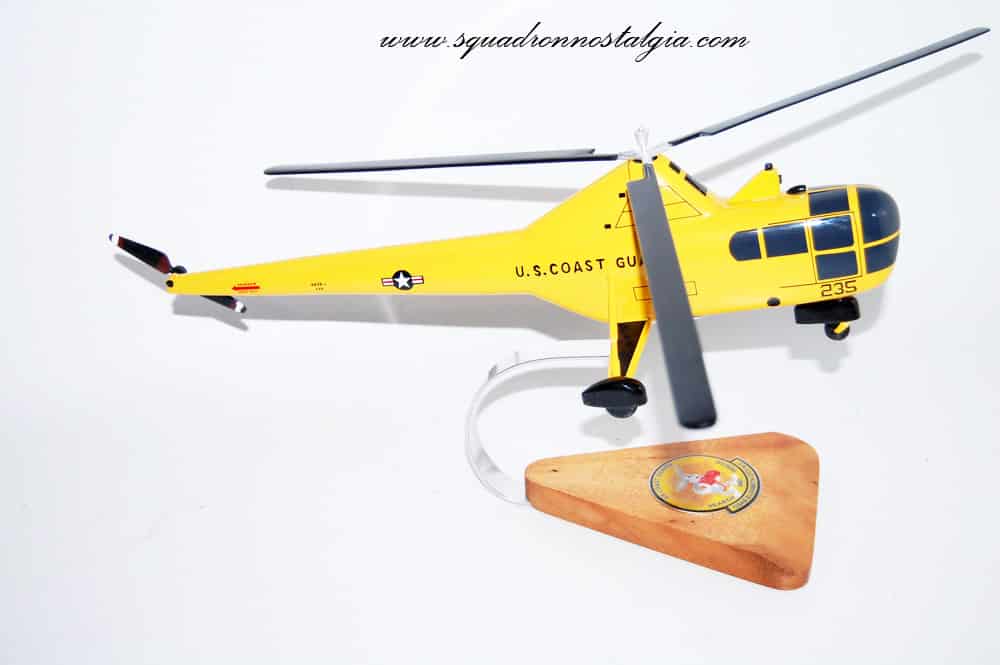
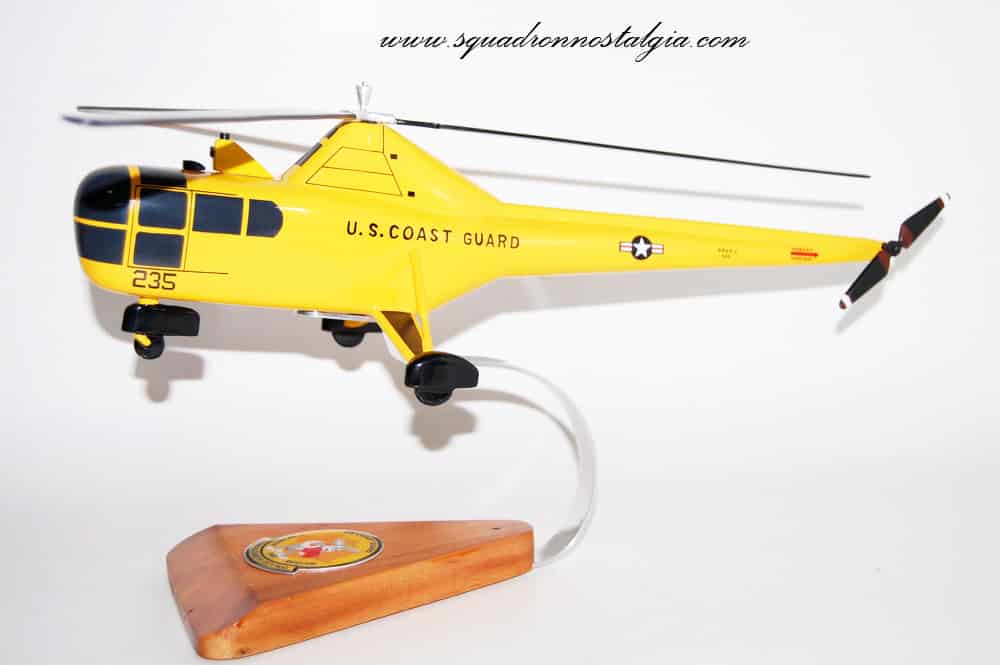
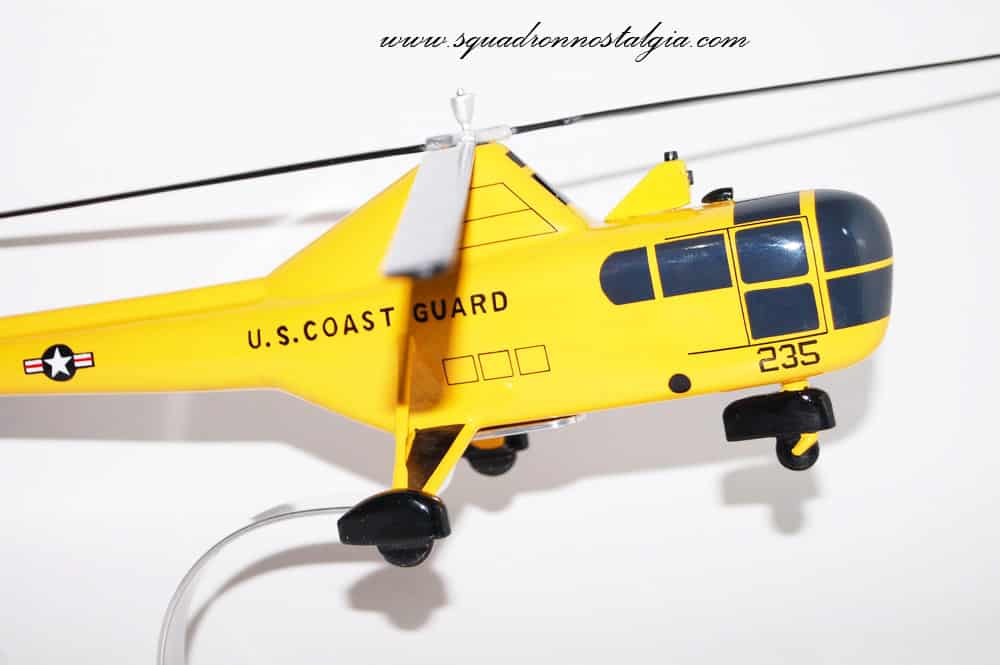
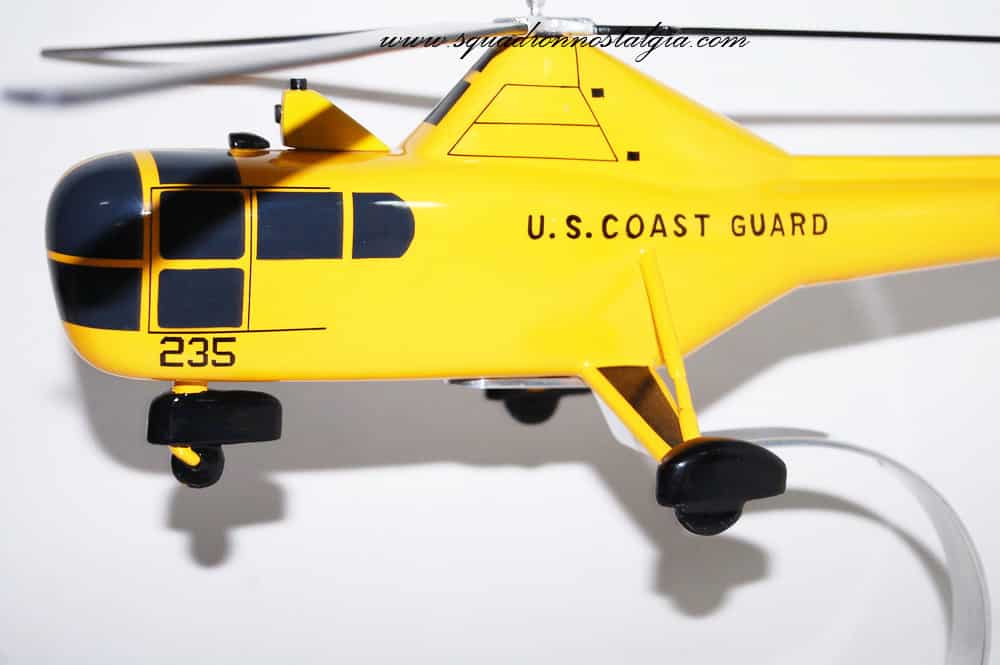
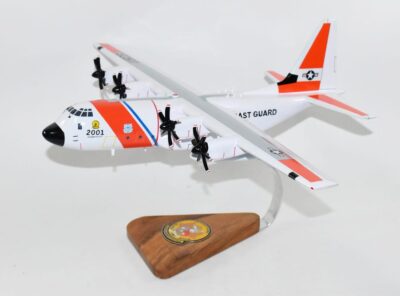

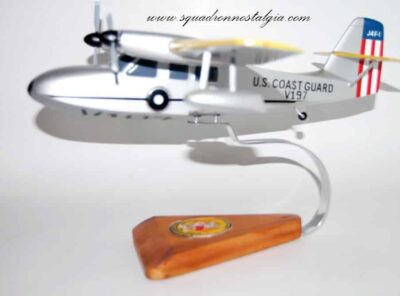
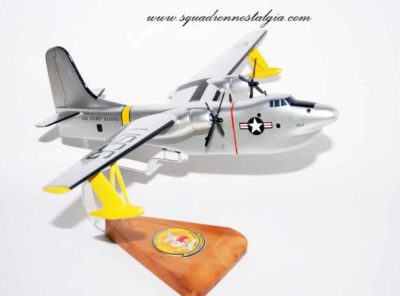
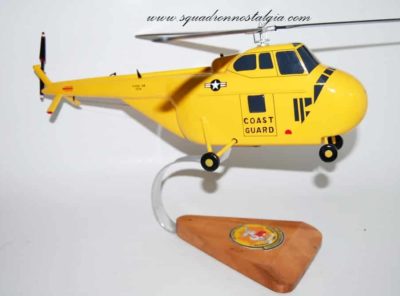
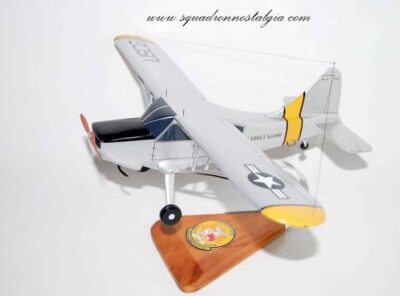
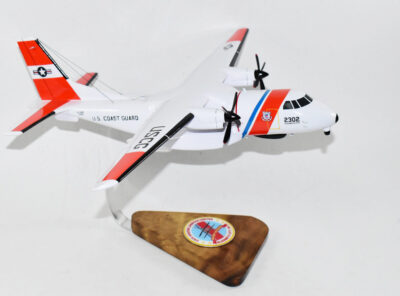
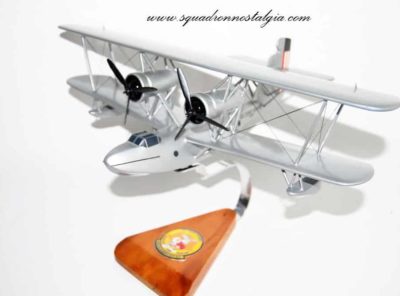
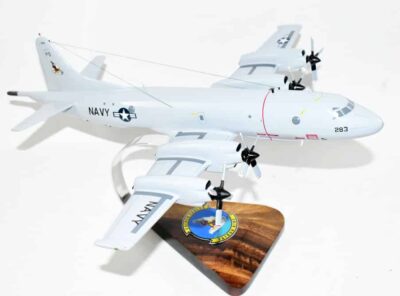

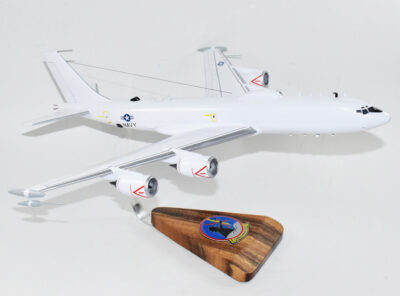
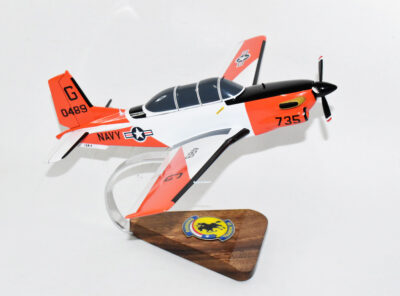
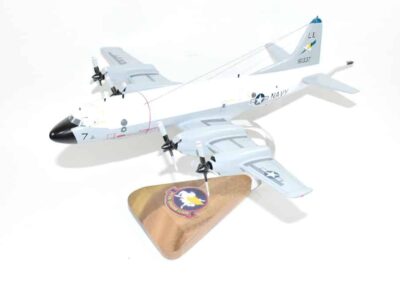
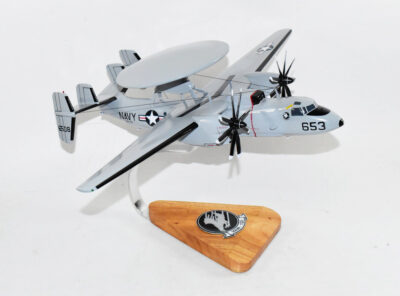
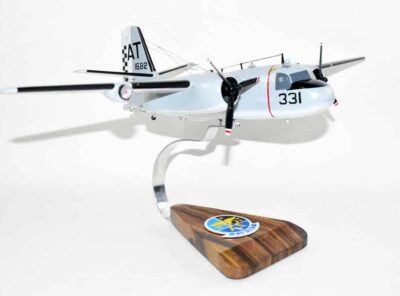
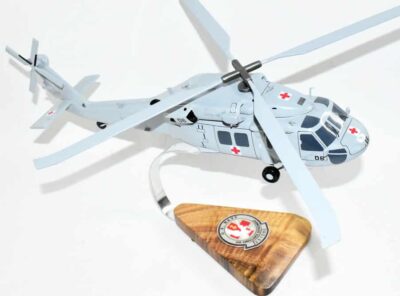
Reviews
There are no reviews yet.